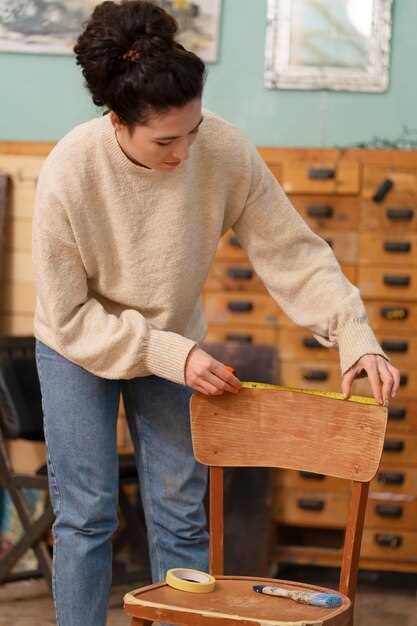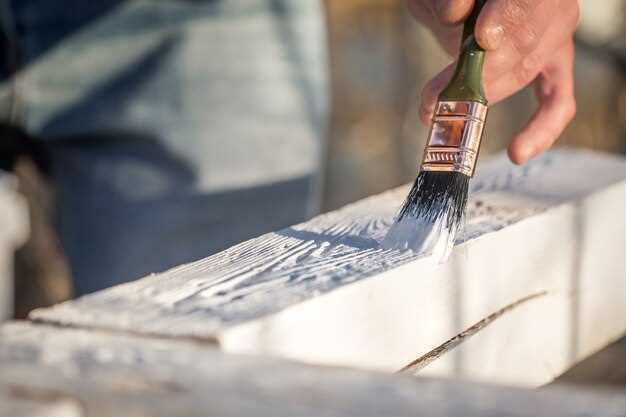
When it comes to classic cars, the allure of their vintage aesthetics cannot be overstated. One of the key elements that contribute to their timeless appeal is the paint job. Authentic vintage paint jobs not only enhance the vehicle’s beauty but also serve as a window into its history, capturing the essence of the era from which it originated.
Choosing the right paint job is crucial for any classic car enthusiast. It involves understanding the original manufacturing techniques and colors that were used during the car’s production year. Authenticity plays a vital role in preserving the car’s value and ensuring that it remains faithful to its roots. This requires meticulous research into color codes, finishes, and application methods to achieve a look that is both genuine and stunning.
In this article, we will delve into the art and science behind authentic vintage paint jobs for classic cars. From selecting the right materials and tools to applying traditional techniques, we will cover essential steps to revamp classic vehicles while maintaining their historical integrity. Join us as we explore the vibrant world of classic car restoration and the magic of vintage paint, a journey that celebrates craftsmanship and automotive heritage.
Choosing the Right Color Palette for Your Classic Car

Selecting the perfect color palette for your classic car is a vital component of achieving an authentic vintage feel. The right colors not only enhance the vehicle’s aesthetic appeal but also reflect its era and style. Here are some key considerations to guide your choices:
1. Research Historical Color Trends: Each decade had iconic color schemes that defined the automotive industry. For instance, pastel shades were popular in the 1950s, while bold and vibrant hues dominated the 1970s. Investigate the color palettes prevalent during the specific time your classic car was manufactured. This will help ensure your paint job remains true to its roots.
2. Consider the Model and Brand: Different manufacturers often had signature colors or finishes that became synonymous with their models. For example, Ford’s classic blue or Chevrolet’s signature red evoke nostalgia and authenticity. Ensure you align your color choice with the brand’s historical identity to maintain credibility.
3. Match the Interior: The exterior color should harmonize with the car’s interior. When selecting a color palette, visualize how the exterior hue complements the upholstery, dashboard, and other interior elements. A cohesive color scheme enhances the overall look and is essential for achieving that vintage aesthetic.
4. Explore Two-Tone Options: Two-tone paint jobs were particularly fashionable in several past decades. Consider using a combination of contrasting or complementary colors to add depth and character to the vehicle. Classic combinations, such as white and red or blue and silver, can bring a timeless look while highlighting design features.
5. Test and Visualize: Before committing to a final color, utilize sample swatches or digital rendering tools to visualize how the colors will appear on the vehicle. This allows you to see how different lighting conditions affect color perception and ensures your selection meets your expectations.
6. Personal Preference: While historical accuracy is crucial, don’t forget about your personal taste. A classic car is often a reflection of its owner. If a particular color resonates with you and aligns with the vehicle’s design, feel free to make it your own. Just ensure that it maintains a classic touch.
In conclusion, choosing the right color palette for your classic car involves a mix of historical research, brand awareness, and personal preference. By carefully considering these factors, you can achieve an authentic vintage look that pays homage to the past while showcasing your unique style.
Techniques for Achieving an Authentic Finish

To achieve an authentic vintage finish on classic cars, it’s essential to employ traditional techniques that replicate the craftsmanship of the era. Here are some key methods:
1. Hand-Laying Paint Layers: Rather than using modern spray techniques, hand-laying paint allows for a deeper, more textured finish. Use high-quality automotive paints that mimic the colors and formulas used in the period of the vehicle. Each layer should be applied with care to build up depth.
2. Use of Lacquer Finishes: Classic cars often featured lacquer paints, which provide a distinctive shine and appear more ‘alive’ than modern urethane paints. When using lacquer, ensure proper ventilation and apply multiple thin coats for a smooth finish, allowing each to dry before adding the next.
3. Buffing and Polishing: Achieving that perfect shine requires meticulous buffing and polishing. Use a combination of wool pads and foam pads along with various polishing compounds to bring out the richness of the paint. This process not only enhances the gloss but also helps to smooth out imperfections.
4. Techniques for Antiquing: To create an aged look, consider using techniques such as wet sanding or rubbing compounds to create a patina. This process simulates wear patterns naturally developed over time, lending authenticity to the vehicle.
5. Custom Color Matching: An essential component of authenticity is color accuracy. Utilize color matching services that specialize in vintage vehicles to ensure the paint used is as close as possible to the original shade. This may involve blending different tones to replicate the precise hue.
6. Decals and Graphics: Many classic cars featured unique decals or graphics that contribute to their appeal. Research original designs and utilize period-correct materials for reproducing these elements, ensuring they are placed correctly according to factory specifications.
By incorporating these techniques, car enthusiasts can achieve an authentic finish that not only respects the car’s history but also enhances its aesthetic value.
Maintaining and Protecting Vintage Paint Jobs
Preserving the original integrity of vintage paint jobs requires careful attention and specific maintenance practices. First and foremost, regular cleaning is essential. Use a gentle car soap and soft microfiber cloth to avoid scratching the paint surface. Avoid automatic car washes with abrasive brushes, as they can damage the vintage finish.
After cleaning, it is crucial to apply a high-quality wax specifically designed for classic cars. Waxing not only enhances the shine but also creates a protective barrier against UV rays and environmental contaminants. Consider using a carnauba-based wax, which offers excellent protection while maintaining the authenticity of the paint.
Environmental factors such as sun exposure, humidity, and pollutants can degrade vintage paint. To mitigate these effects, always park the vehicle in a shaded area or use a breathable car cover when not in use. This practice minimizes sun damage and shields the paint from bird droppings, tree sap, and other harmful substances.
For minor scratches or blemishes, consider using a paint touch-up kit that matches the original color. Ensure that the application is done carefully to blend seamlessly with the existing paint. However, for significant damage, consulting a professional who specializes in classic cars is advisable to ensure the restoration maintains the car’s value and authenticity.
Finally, regular inspections for signs of rust or paint deterioration will help catch issues early. Treat any rust spots immediately to prevent further damage, as this can compromise not only the paint but also the overall structure of the vehicle. By following these care tips, vintage paint jobs can remain vibrant and secure for generations.












